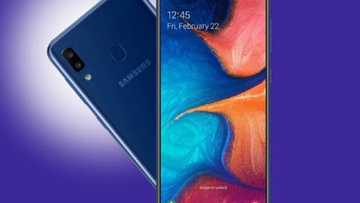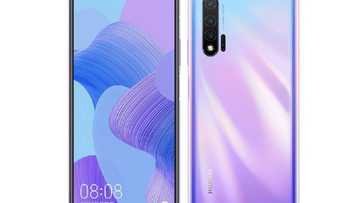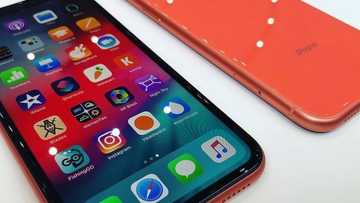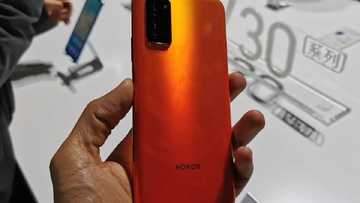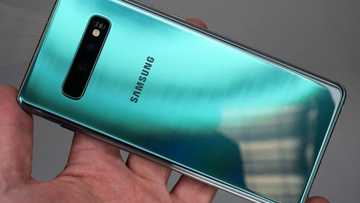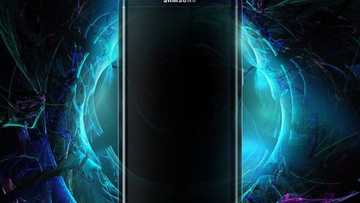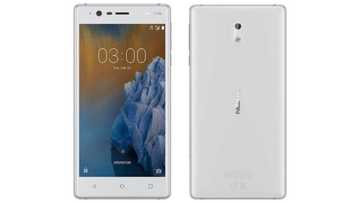iPhone 8 specs, price, review, all details
Apple released the iPhone 8 two years ago as a successor to the iPhone 7. The device featured an all-glass design, a vastly improved processor, and a fantastic camera. It was also the first Apple smartphone to support wireless charging. Two years is quite a long time in the smartphone industry, and technology has undoubtedly improved, so, is the iPhone 8 still worth buying in 2019?
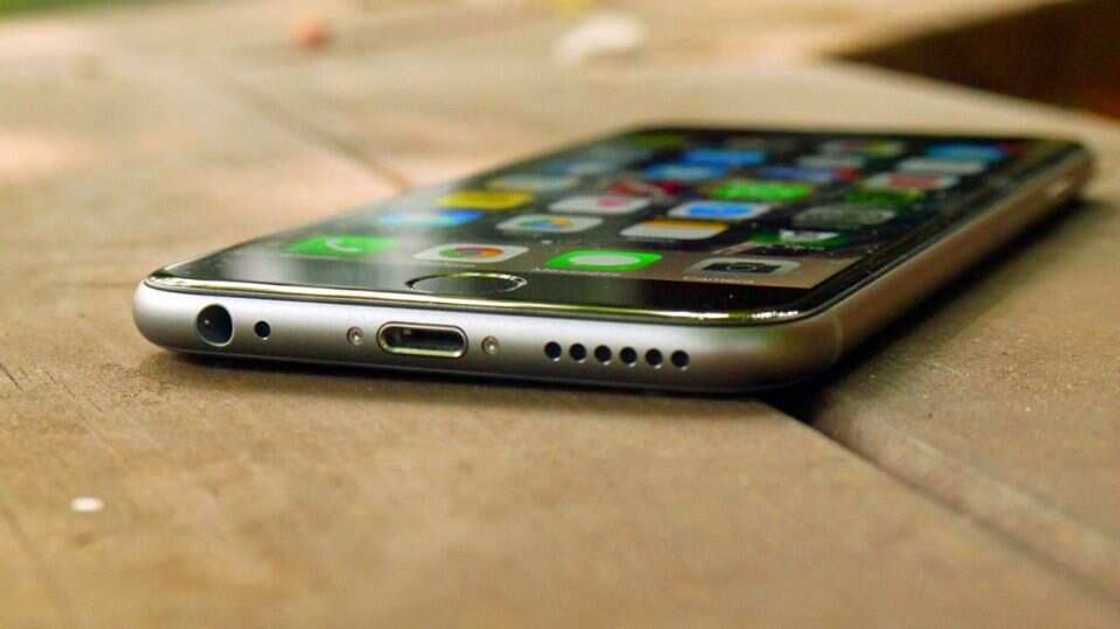
Source: UGC
During the iPhone 8 release date on September 2017, a 64GB model was priced at $699 (around 253,387.50 Naira). Today, the iPhone 8 price in local retail outlets is about ₦ 140,990 for a refurbished model. This is almost half the original price, which is quite a bargain for a phone that is just two years old. Despite all the technological changes in the industry, the iPhone 8 still offers great value for money.
Overview
Here is a look at the device’s main pros and cons.
The good
- Excellent build quality and water-proof design.
- Terrific IPS LCD panel with superior colour accuracy and brightness.
- Great performance from the included CPU and GPU.
- Excellent sound quality from the stereo speakers.
The bad
- Music quality through the Lightning-to-3.5mm converter is not the best.
- 4K videos are not as sharp as Full HD ones.
- The selfie camera images are not great.
- Battery life is only average.
iPhone 8 specs
Here is a look at the top iPhone 8 features.
- Released on: September 2017
- Dimensions: 138.4 x 67.3 x 7.3 mm (length, width and thickness)
- Weight: 148 grams
- SIM card: Nano-SIM
- Display: Retina IPS LCD capacitive touchscreen
- Size: 4.7 inches
- Resolution: 750 x 1334 pixels
- Operating system: iOS 11, upgradable to iOS 13.2
- Internal memory: 64GB ROM & 2GB RAM or 256GB ROM & 2GB RAM
- Expandable memory: Not available
- Main camera: 12 megapixels
- Selfie camera: 7 megapixels
- USB: 2.0 with proprietary reversible connector
- Bluetooth: Version 5.0 with LE and A2DP
- Sensors: Front-mounted fingerprint sensor, compass, gyro and accelerometer
- Battery: 1821 mAh Non-removable Li-Po battery
- Charging: 15W fast charging with support for Qi wireless charging
- Colours: Silver, Space Gray, Gold, Red
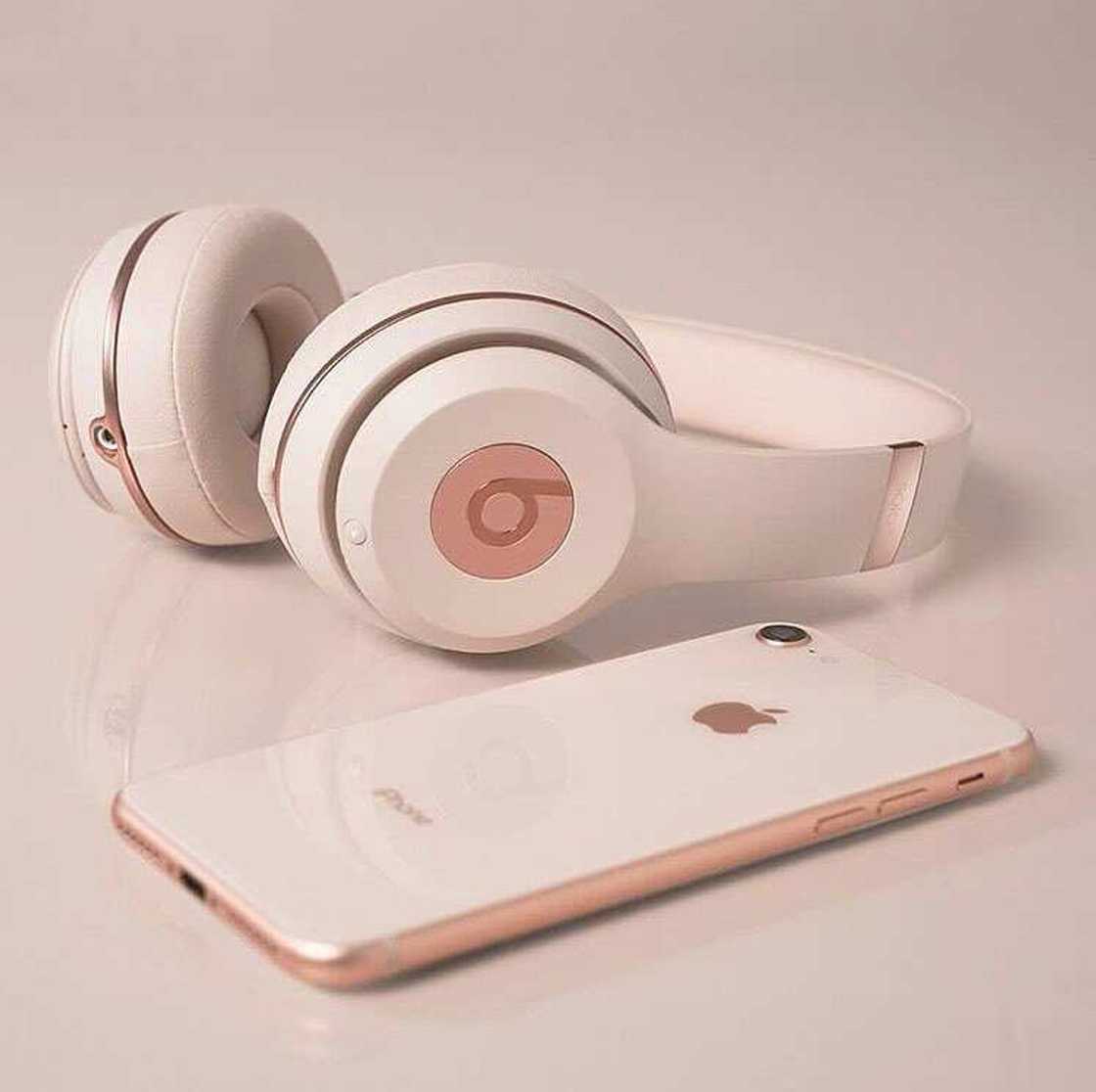
Source: UGC
Hardware
Here is a look at the device’s hardware features.
Design
The device’s retail package comes with a lightning cable, standard-issue charger, EarPods and the iPhone 8. There is also a lightning-to-3.5mm converter for use by people who own standard jack headphones. The iPhone 8’s design is quite similar to earlier models such as the 7, 6s and 6. The most significant difference between the device and previous models is the use of glass on the front and back.
Apple first introduced the dual-glass chassis design in the iPhone 4 then ditched it for several models before finally making its way back in the iPhone 8. The use of glass allows wireless charging and gets rid of the plastic antenna strips featured in models such as the iPhone 7. A sandblasted aluminium 7000 frame holds the front and back together.
A 4.7-inch display is the main feature on the front of the device. Above it, there are a couple of sensors, earpiece (which doubles up as a speaker), and the FaceTime camera. Below the display lies a touch-enabled home key where the fingerprint sensor is mounted. The left edge houses the mute key and volume rocker while the right has the SIM slot and power button. The bottom edge houses the lightning port, the second speaker and the mouthpiece. The back has a camera module alongside a small LED flash.
Display
The device features a 4.7-inch IPS LCD panel with a resolution of 750 by 1334 pixels. The 326ppi pixel density is way below class-leading devices today but is still entirely usable. One of the display’s improvements was the introduction of TrueTone technology. This is an automatic white balance adjustment tech that corrects white balance according to the characteristics of ambient light.
The display has excellent brightness, saturation and colour accuracy. It only lags behind in resolution. The popular night-shift feature is also available. This filters out blue light at night, thus reducing eye strain and other adverse health effects during prolonged use.
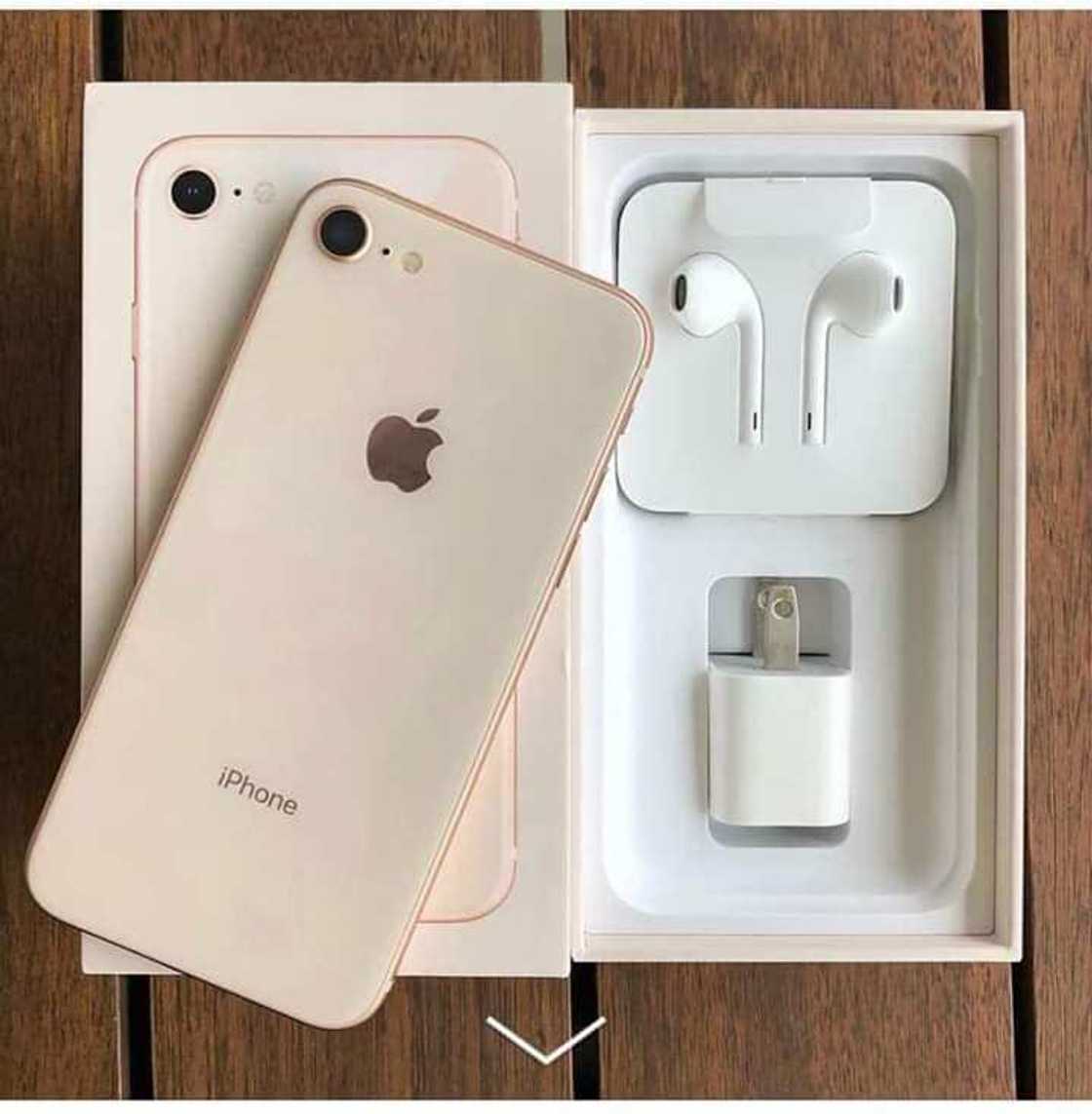
Source: UGC
Processor, performance, and storage
Every iPhone generation is usually launched with a new in-house processor. The iPhone 8 was launched with an A11 Bionic chip which also included a move from quad to hexa-core processors. The device was also the first to use an Apple-designed Graphics Processing Unit. In terms of iPhone 8 memory, all models come with 2GB RAM and a choice of 64GB or 256GB ROM.
The A11 Bionic chip makes use of two high-power Monsoon cores and four low-power Mistral cores. All six cores can run simultaneously if need be. Despite being two-years-old, the iPhone 8 still performs excellently even by modern-day standards. Some users might scoff at the lack of a memory card slot, but the available 64GB and 256GB options are more than enough for most users.
iPhone 8 battery capacity
The device comes with a non-removable 1821mAh Lithium Polymer battery. This unit is slightly smaller than the one on the iPhone 7. However, since the iPhone 8’s processor is more power-efficient, battery life is just about the same as that on its predecessor. There is an option to set the device to a low-power mode once the battery drops below twenty percent to conserve power.
The device comes with a 5V 1A charger which replenishes thirty percent of a dead battery in thirty minutes. Users with high-power chargers can get up to fifty percent charge in thirty minutes. On a wireless fast charger, the battery charges up to 25 percent in thirty minutes. The device’s battery life is average. Users can get twelve and a half hours of continuous 3G calls, twelve hours of web browsing and ten and a half hours of constant video playback.
In a gsmarena test, the device scored an endurance rating of 66 hours, which is below average.
Speaker and call quality
The device has excellent speaker quality. Sound from the stereo speaker grilles is loud, clear and distortion-free. Call quality is also excellent, and users will have no problems making calls in noisy environments. The only downside is that audio quality degrades when using the lightning-to-3.5mm adapter.
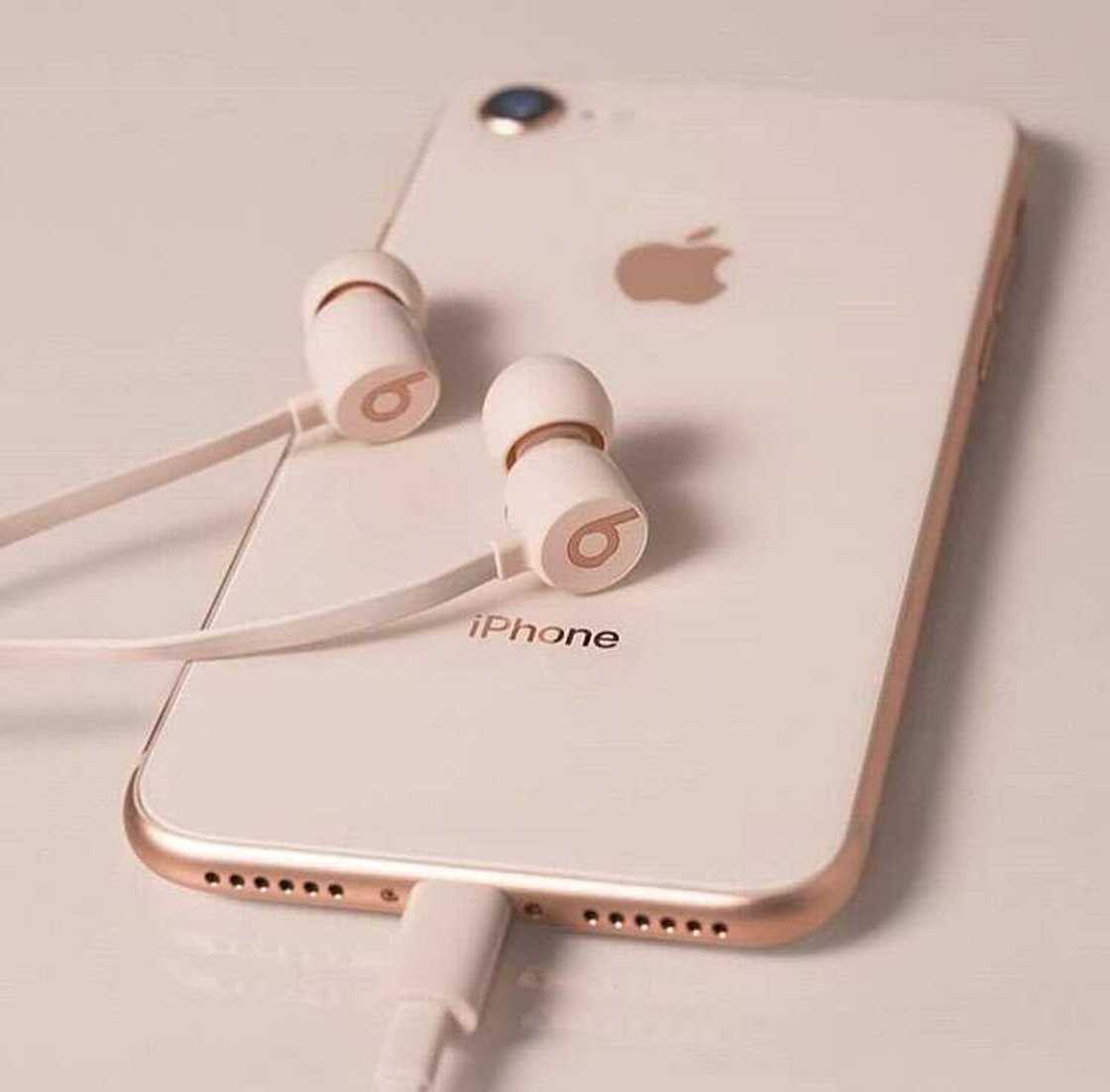
Source: UGC
Software
Here is a look at the device’s main software features.
Operating system and features
The iPhone 8 comes preloaded with iOS 11, upgradable to iOS 13.2. Once users upgrade, the device’s interface is similar to the one available in modern Apple smartphones. The home-screen houses all applications and supports grouping into subfolders. The leftmost panel has a Today page which contains widgets, search and is customizable to suit a user’s preference.
The notification centre got merged with the lock screen after iOS 11. Swiping down from the top of the screen shows the most important notifications. You can swipe left to access the Today page or swipe up for additional notifications. The control centre can be accessed by swiping from the bottom of the screen. All shortcuts and quick toggles are located in the control centre.
The settings menu contains settings for all applications in the device.
iPhone 8 camera review, video, and image quality
The iPhone 8 features a 12-megapixel camera, similar to the one on the iPhone 7. However, daylight images are vastly better than those of the iPhone 7. Generally, the phone’s pictures are detailed, sharp and noise-free. The camera also features excellent colour reproduction with vibrant and true-to-life colours and shades.
The camera also performs superbly in terms of autofocusing, contrast, dynamic range, and white balance. The device can shoot video in 4K at sixty frames per second and Full HD at a whopping 240 frames per second. All other regular video shooting modes are also available. These include Full HD at 30 and 60 frames per second and 4K at 30 frames per second.
iPhone 8 review
Here is a look at what people think about the device on social media.
Verdict
The iPhone 8 is an excellent device that is only let down by a few minor issues. The biggest let-downs are the low-resolution display and the fact that the design looks like its predecessors since the fifth generation. However, for its current price, buyers will be getting excellent performance from the A11 chip, 4K video recording and superb image quality.
Those looking to buy the iPhone 8 can also consider the Sony Xperia XZ1 Compact, Huawei P10 and the Nokia 8. The latter has a fantastic high-resolution display. The build quality and excellent software support from Apple might be enough to lure buyers into getting the iPhone 8 as opposed to competing devices. Given its current price, it is still a great purchase in 2019.
Source: Legit.ng


